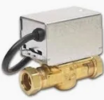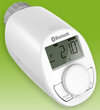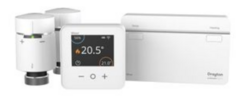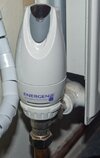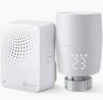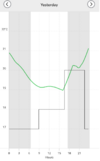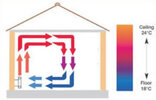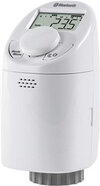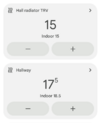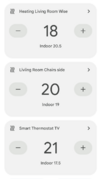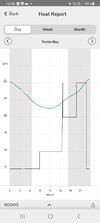- Joined
- 1 Oct 2024
- Messages
- 7
- Reaction score
- 0
- Country

Hi All
After some advice from people who may have encountered similar before. We’ve moved into a new property that has been developed over time. Part of the house is on modern Heatmiser UFH which works fine. The older part of the house is on traditional radiators, controlled by 4 thermostats and motorised valves, all operating through a Honeywell ST9400C programmer (also controlling HW).
3 of the stats are battery powered with two wires (live and I presume, live to boiler) - when the programmer is off, no power goes through the live to thermostat and then boiler. The 4th thermostat is wireless - when the house was renovated, there must have been an old stat where the UFH now sits so a wireless receiver was put in it’s place, controlled by a stat on the other side of the house.
I am looking for a simple replacement with smart system but the fact that one of the stats operates wirelessly when the others are wired is confusing me. I’ve experience with Tado in my last house which worked fine as do I with systems such as Hive. It seems pretty straight forward to replace the programmer with the central controller for one of these systems and the same for the 3 wired stats… but what about the 4th as it’s the wireless receiver thats needs replacing (and putting a stat on there would not work given it’s a completely different side of house)? I would presume Tado/Hive or similar would need the received installed too for this 4th stat but that would then end up running through the mail received (currently the ST9400C.
Any advice appreciated - am not tied to any specific system but trying to get all on one if possible (I would have gone all Heatmiser given that’s what UFH is currently on but these need permanent power rather than battery operated).
Thx
After some advice from people who may have encountered similar before. We’ve moved into a new property that has been developed over time. Part of the house is on modern Heatmiser UFH which works fine. The older part of the house is on traditional radiators, controlled by 4 thermostats and motorised valves, all operating through a Honeywell ST9400C programmer (also controlling HW).
3 of the stats are battery powered with two wires (live and I presume, live to boiler) - when the programmer is off, no power goes through the live to thermostat and then boiler. The 4th thermostat is wireless - when the house was renovated, there must have been an old stat where the UFH now sits so a wireless receiver was put in it’s place, controlled by a stat on the other side of the house.
I am looking for a simple replacement with smart system but the fact that one of the stats operates wirelessly when the others are wired is confusing me. I’ve experience with Tado in my last house which worked fine as do I with systems such as Hive. It seems pretty straight forward to replace the programmer with the central controller for one of these systems and the same for the 3 wired stats… but what about the 4th as it’s the wireless receiver thats needs replacing (and putting a stat on there would not work given it’s a completely different side of house)? I would presume Tado/Hive or similar would need the received installed too for this 4th stat but that would then end up running through the mail received (currently the ST9400C.
Any advice appreciated - am not tied to any specific system but trying to get all on one if possible (I would have gone all Heatmiser given that’s what UFH is currently on but these need permanent power rather than battery operated).
Thx

